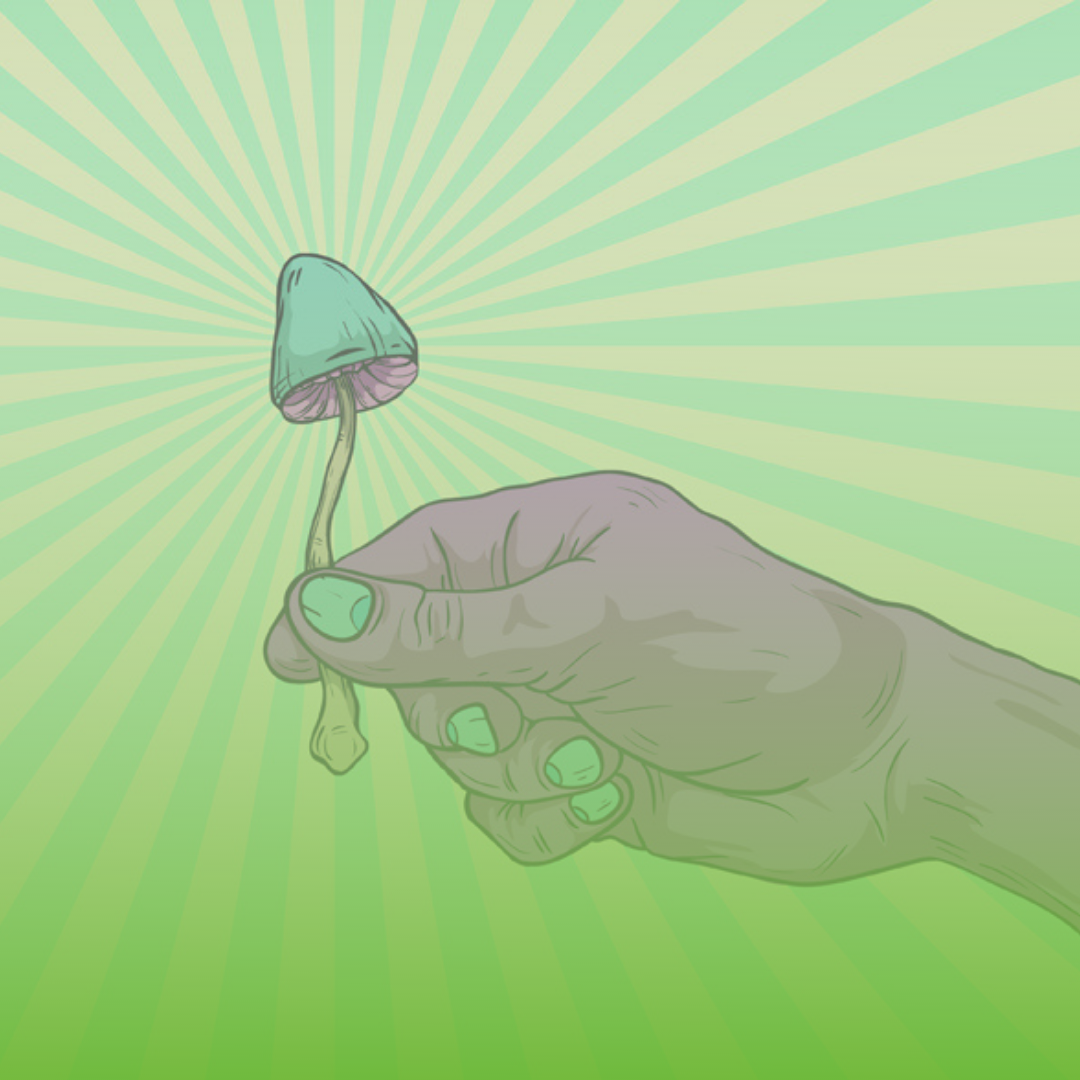
Ketamine vs. ECT
Although ketamine is not yet FDA-approved for the treatment of mental health, there is growing evidence that the world of psychedelics is making big moves in the medical world. Recently, ketamine has gained the attention of many in its potential treatment of severe clinical depression. With discoveries come comparisons, and ketamine is finding itself compared to other innovative treatments, such as electroconvulsive therapy (ECT). ECT is a type of therapy used as a rapid treatment option for bipolar depression or mania and treatment-resistant depression.
ECT is a procedure done under general anesthesia where small electrical currents are passed through the brain, intentionally triggering a brief seizure. It’s a treatment option typically only available to those who have tried other options with no results.
Though there is a stigma associated with the treatment option, ECT is much safer today than in the past. Even though there is always the possibility of experiencing some side effects, it only gives electric currents in a controlled setting to achieve the most benefits with minimal possible risks.
“One study randomized 18 patients with [Major Depressive Disorder] to receive repeated therapies of either ketamine infusions or ECT and found that ketamine improved symptoms more rapidly than ECT, with the most improvement after the first ketamine infusion.”
British Journal of Anaesthesia
Likewise, The Journal of Psychiatric Research found that while ketamine and ECT are effective treatments for depression, ketamine proved to have a quicker onset and better short-term outcomes than ECT.
What is Ketamine?
Ketamine, once known only for its use as an FDA-approved anesthetic, has since made a name for itself in the medical world. While traditional treatments like antidepressants can take weeks or months to take effect, 70% of treatment-resistant patients have reported feeling symptom relief after just one ketamine infusion.
How Does Ketamine Help With Depression?
There is still research that needs to be done to determine the exact mechanism that leads ketamine to treat the symptoms of depression. Researchers hypothesize that ketamine produces an antidepressant effect by targeting the brain’s NMDA receptors. By connecting to the receptors, it is thought that ketamine may amplify the number of glutamate neurotransmitters in the space between neurons.
Then, glutamate interacts with the AMPA receptors. Together, the receptors cause multiple molecules to discharge, which then causes a boost in the brain’s neuroplasticity. Meaning ketamine infusions allow the brain to reset and restore meaningful nerve connections in the brain.
The world of psychedelics is constantly changing and evolving, as is the world of innovative treatments. Often the two go hand in hand, and it’s important to know what your options are.
Ketamine News is dedicated to sharing breaking news and information with our readers to ensure that they can make informed decisions on their mental health.
Kaeli Swaggerty holds a B.A. in English from the University of Tennessee, Knoxville. Connect with her about bringing awareness to mental health issues, creative writing, reading, and all things pug-related on LinkedIn.
Source:
T. T. Dong, J. Mellin-Olsen, A. W. Gelb, Ketamine: a growing global health-care need, BJA: British Journal of Anaesthesia, Volume 115, Issue 4, October 2015, Pages 491–493, https://doi.org/10.1093/bja/aev215.


No comment yet, add your voice below!